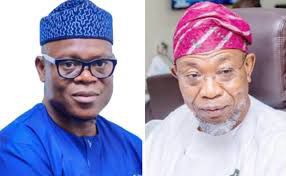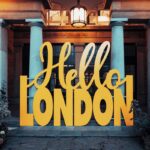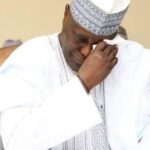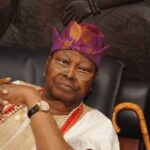Multicultural London English (MLE) is a contemporary dialect spoken primarily by young, working-class individuals in London’s multiethnic neighborhoods. Shaped by interactions between diverse language communities, MLE reflects a shared urban identity and cultural hybridity. It crosses ethnic boundaries, symbolizing solidarity among young people of varied backgrounds. But while MLE is a dynamic and expressive form of speech, it also faces serious social challenges and misconceptions that demand attention.
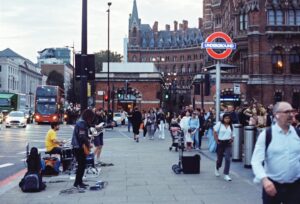
MLE emerged in the late 20th century, rooted in the post-World War II immigration boom. During the 1950s and 1960s, the UK welcomed large numbers of immigrants from former British colonies—such as Jamaica, Nigeria, Ghana, India, and Pakistan. These communities settled in urban boroughs like Hackney, Brixton, and Tower Hamlets, bringing with them a mix of languages, dialects, and cultural traditions. As the children of these immigrant families grew up and interacted with native Londoners and each other, a new form of English began to evolve. This dialect blended elements of Cockney, Jamaican Patois, West African pidgins, and South Asian languages, forming what is now recognized as Multicultural London English.
By the 1990s, linguists like Paul Kerswill and Jenny Cheshire began documenting this emerging linguistic variety. They noted its distinct phonological, grammatical, and lexical features—such as slang terms like mandem (a group of males), ting (girl or thing), and bruv (brother or friend). What set MLE apart was its use across ethnic lines, making it a multiethnolect—a dialect born from the interaction of various ethnic and linguistic communities. MLE gained mainstream visibility in the 2000s through the rise of UK urban music genres like grime, drill, and UK rap. Artists such as Dizzee Rascal, Stormzy, and J Hus brought MLE to national attention, using it in their lyrics and public personas. Social media platforms like TikTok have further amplified its reach, helping it spread beyond London and influence youth language across the UK.

Today, MLE is more than just a way of speaking—it is a symbol of postcolonial Britain, youth culture, and creative resistance. It reflects how language adapts in diverse, urban spaces and how young people shape their identities in response to the world around them. Despite its cultural richness, MLE faces significant challenges. These dangers don’t stem from the dialect itself but from how it is perceived, used, and treated by wider society.
Linguistic Discrimination
One of the most pressing issues is the widespread perception of MLE as “broken” or “improper” English. This leads to linguistic prejudice, where speakers of MLE face bias in education, employment, and professional settings. Students fluent in MLE may be unfairly judged as less articulate, despite their intelligence. In job interviews, an MLE accent can trigger assumptions about competence or professionalism. This systemic bias punishes young people for expressing themselves in a culturally authentic way—even though many can and do switch to Standard English when required.
Educational Barriers
While MLE is a fully legitimate dialect, its structural differences from Standard English can pose challenges in formal education. Without supportive teaching practices, students who primarily use MLE may struggle with academic writing or formal speech, not due to lack of intelligence, but due to a disconnect between home and school language. Encouraging code-switching—the ability to alternate between MLE and Standard English—can be empowering. However, the constant pressure to hide one’s natural speech in order to succeed can lead to identity conflict, stress, and diminished self-esteem.
Cultural Appropriation and Misrepresentation
MLE’s popularity in pop culture has also made it vulnerable to cultural appropriation. Non-local or privileged individuals often adopt MLE slang and style for entertainment or social media trends, stripping the dialect of its historical context and cultural meaning. Worse still, the same phrases that draw ridicule or punishment when used by Black or working-class youth are seen as edgy or funny when mimicked by celebrities or influencers. This double standard reinforces existing inequalities and erases the struggles behind the dialect’s creation.
Multicultural London English is not a threat—it is a vibrant, evolving form of expression born from resilience, creativity, and cultural exchange. The dangers lie not in the dialect itself, but in society’s failure to understand and respect it. To build a more equitable society, we must: Challenge linguistic discrimination in schools, workplaces, and media, promote inclusive education that values all dialects and teaches code-switching as a skill, respect the cultural roots of MLE and push back against its misappropriation.
Language is power and MLE is proof that the voices of young, diverse Britain are shaping the future. It is time we listened, without prejudice.

